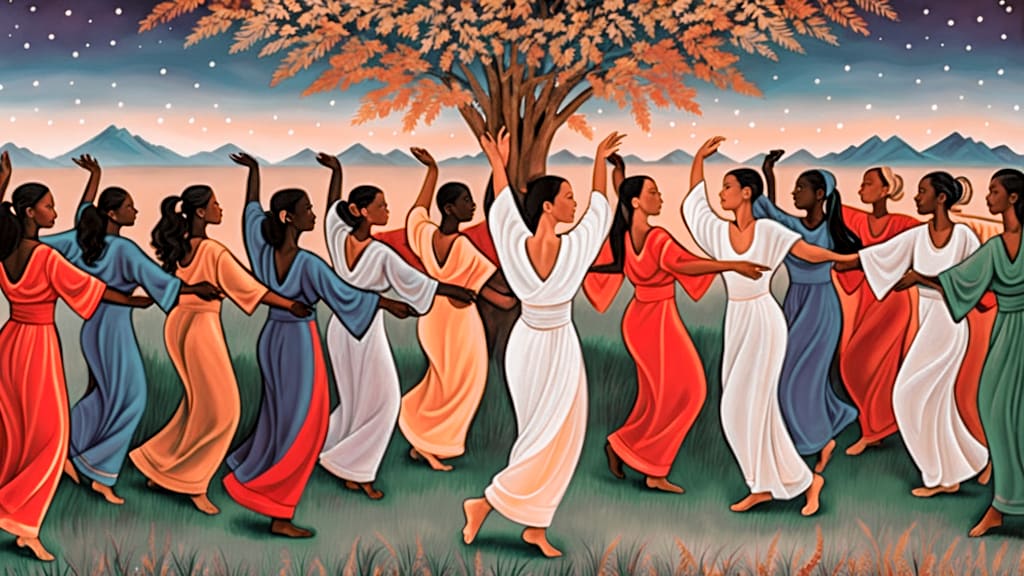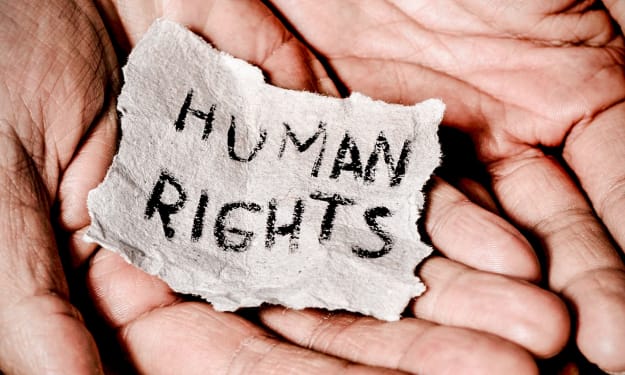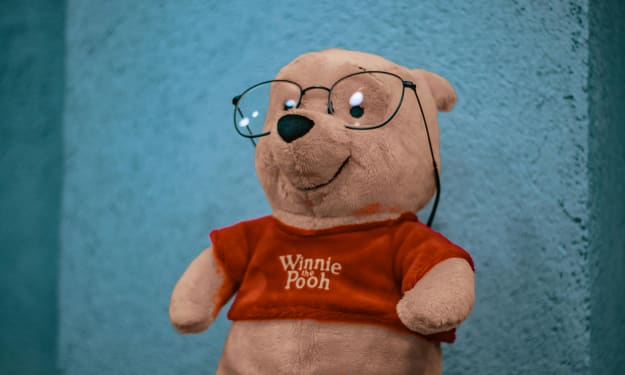Exploring the Rich Tapestry of Human Society and Culture: Navigating the Dynamics of Identity, Belief, and Tradition
Human society and culture are vibrant and diverse tapestries woven from the threads of history, tradition, belief, and innovation. From ancient civilizations to modern-day communities, humans have developed intricate social structures, cultural practices, and shared values that shape the way we interact, communicate, and understand the world around us. In this article, we'll delve into the multifaceted dimensions of human society and culture, exploring their evolution, diversity, and significance in shaping human identity and collective experience.

1. The Evolution of Human Society: From Hunter-Gatherers to Global Citizens
The story of human society is a journey of adaptation and innovation, as our ancestors transitioned from small bands of hunter-gatherers to complex civilizations spanning continents and cultures. Over millennia, humans developed agricultural practices, established settlements, and built cities, laying the foundation for social organization, governance, and cultural expression. The rise of trade networks, empires, and exploration further expanded human horizons, fostering exchanges of ideas, goods, and technologies that enriched societies and cultures around the world.
2. Cultural Diversity and Identity: Celebrating the Mosaic of Human Experience
Human culture encompasses a vast array of customs, traditions, languages, and artistic expressions that reflect the richness and diversity of human experience. From indigenous rituals to urban subcultures, each community and group contributes to the mosaic of human culture, shaping identities and forging connections across time and space. Cultural identity is deeply intertwined with personal and collective experiences, shaping beliefs, values, and worldviews that inform how individuals perceive themselves and relate to others.
3. Cultural Transmission and Innovation: Navigating Change and Continuity
Cultural transmission is the process by which knowledge, beliefs, and practices are passed down from one generation to the next, shaping cultural continuity and evolution over time. From oral traditions and folklore to written texts and digital media, humans have developed myriad ways to preserve and transmit cultural heritage across generations. Cultural innovation, meanwhile, drives creativity and adaptation, as individuals and communities respond to changing circumstances and embrace new ideas, technologies, and artistic forms.
4. Social Institutions and Structures: Organizing Life in Human Communities
Human society is structured by a network of social institutions, including family, education, religion, government, and economy, which govern how individuals interact and fulfill their roles within the community. These institutions provide frameworks for social organization, governance, and collective action, shaping patterns of behavior, norms, and values that guide social interactions and relationships. While social institutions vary across cultures and contexts, they serve fundamental functions in maintaining social order, cohesion, and stability.
5. Cultural Heritage and Preservation: Safeguarding the Legacy of Humanity
Cultural heritage encompasses the tangible and intangible artifacts, traditions, and practices that embody the identity and history of human societies and communities. From archaeological sites and monuments to oral histories and performing arts, cultural heritage reflects the collective memory and identity of diverse cultures and civilizations. Preservation efforts aim to safeguard cultural heritage from threats such as natural disasters, urbanization, conflict, and climate change, ensuring that future generations can continue to appreciate and learn from the legacy of humanity.
6. Cultural Exchange and Globalization: Bridging Divides and Building Connections
In an increasingly interconnected world, cultural exchange and globalization have facilitated interactions and exchanges between diverse cultures and societies, fostering mutual understanding, dialogue, and collaboration. Through travel, trade, migration, and digital communication, individuals and communities have the opportunity to engage with diverse perspectives, values, and traditions, enriching their own cultural experiences and expanding their horizons. While globalization brings opportunities for cultural exchange, it also raises challenges related to cultural homogenization, cultural appropriation, and the preservation of cultural diversity.
Conclusion: Embracing the Diversity and Complexity of Human Society and Culture
In conclusion, human society and culture are dynamic and multifaceted phenomena that reflect the diversity, creativity, and resilience of the human spirit. From ancient civilizations to modern-day communities, humans have developed intricate social structures, cultural practices, and shared values that shape the way we live, interact, and understand the world around us. By embracing the richness and complexity of human society and culture, we can celebrate our shared heritage, foster mutual respect and understanding, and build a more inclusive and harmonious world for future generations.
About the Creator
Mohamed Ali
Mohamed Ali is a passionate writer and researcher with a keen interest in exploring the complexities of human behavior and society through the lens of sociology. With a background in sociology and psychology.






Comments
There are no comments for this story
Be the first to respond and start the conversation.